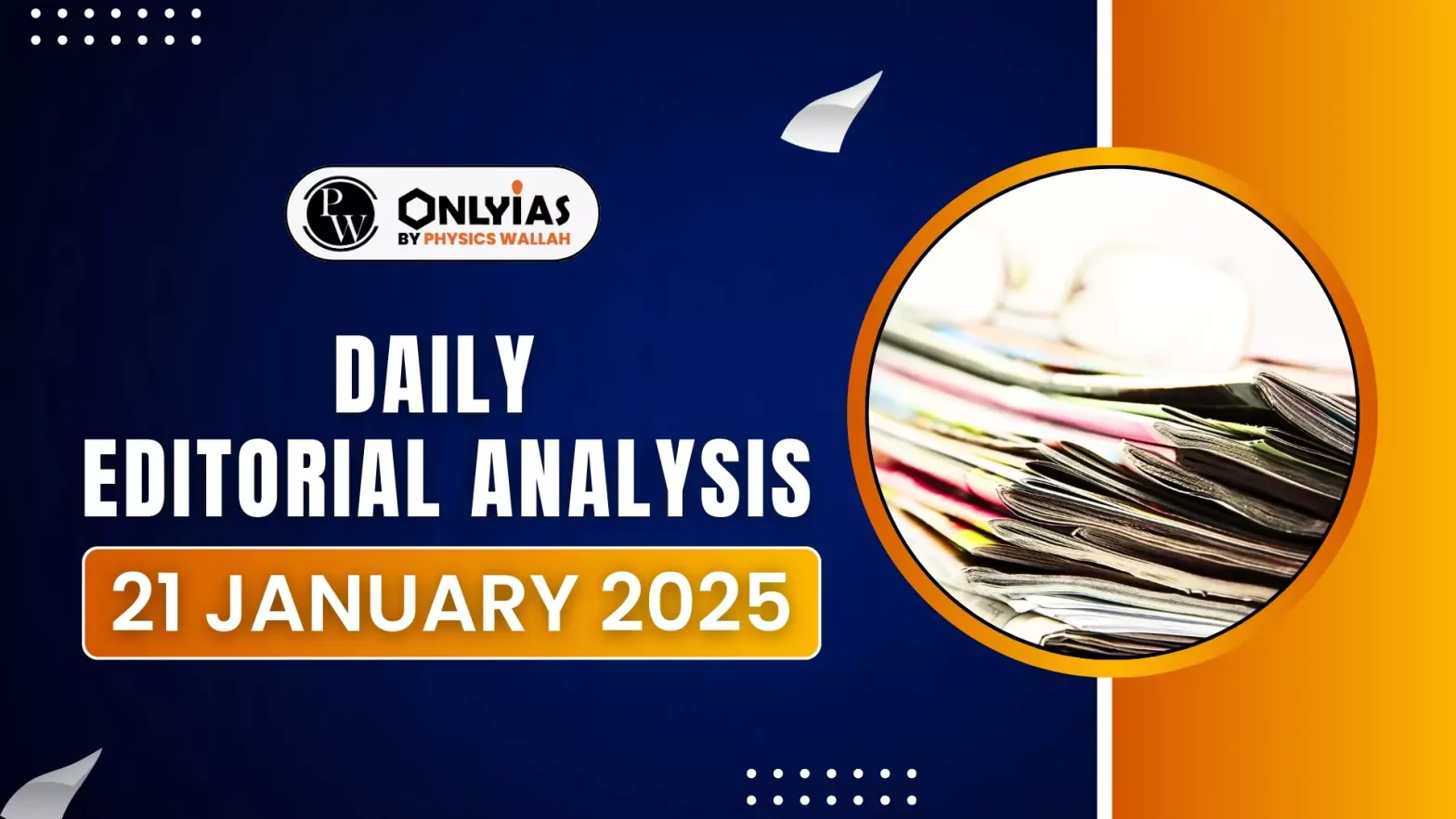The five new candidates of BRICS formally became members on January 1, 2024.
Evolution of BRICS
- Origin of BRIC: Coined in 2001 by Jim O’Neill, then chief economist at Goldman Sachs, to identify Brazil, Russia, India, and China as emerging economies projected to dominate global economic growth by 2050.
- Institutional Growth: Initially an economic grouping, BRIC gained geopolitical weight and institutional significance over time. The inclusion of South Africa in 2010 transformed it into BRICS.
- Current Status: The bloc has expanded its agenda to address diverse global issues, including: international security, reforms in the global financial system. Membership expansion, reflecting its growing influence as BRICS+.
- Anti West: Many Western observers view BRICS as an increasingly anti-Western organization.
- For ex: Trump warned that BRICS would face severe consequences if it adopts its own currency or moves towards de-dollarization.
Enroll now for UPSC Online Classes
Expansion of BRICS
- New Members: 2025 begins with the BRICS (Brazil, Russia, India, China, and South Africa) undergoing significant expansion, having fully integrated four new members in 2024: Egypt, Ethiopia, Iran, and the United Arab Emirates.
- Saudi Arabia’s membership in BRICS remains uncertain, with the country putting its participation on hold.
- Interest from Regional Powers: Several emerging powers, including Türkiye, Vietnam, Thailand, Malaysia, and Indonesia, have expressed interest in joining BRICS, signaling its growing influence.
- Argentina’s Withdrawal: Argentina declined its previously accepted invitation to join BRICS following the inauguration of President Javier Milei in 2023, reflecting changing national priorities.
- The new President of Argentina declined the invite as he is a supporter of Trump administration
BRICS+
- Significance: BRICS+ represents 47% of the world’s population and 41% of global GDP. With the inclusion of waiting-list countries like Türkiye and ASEAN members, it could exceed 50% in both indicators.
- Potential Global South Leader: Positioned to represent the Global South, although the term itself remains contested. It aims to counterbalance the influence of the G7, which also faces internal contradictions similar to those within NATO.
- Despite its challenges, BRICS+ is emerging as a significant geopolitical and economic force in the evolving international landscape.
- Strategic Interests : The bloc’s rise is linked to strategic alignments and complementary agendas among its members. The fragmented international landscape, particularly the U.S.-China rivalry has accelerated BRICS+ development as an alternative power center.
- Internal Contradictions: BRICS+ is characterized by divergent agendas and internal tensions, notably the contrasting paradigms of China and India.
Challenges Associated With BRICS Expansion
- Opposition by India: India opposes rapid BRICS expansion, favoring a gradual approach to adding members. While China pushes for swift induction, India argues that expansion could lead to diverse views and reduced efficiency.
- China’s Agenda: China seeks to leverage BRICS for its interests, aiming to challenge US hegemony by rapidly inducting new members.
- Leveraging Individual Interests: Despite internal contradictions, BRICS members have effectively aligned their individual national interests with the broader goals of the bloc, maintaining its unity.
- Future Challenges: The inclusion of disruptive players like Iran raises concerns about the bloc’s ability to sustain cohesion and navigate increasing diversity.
Check Out UPSC NCERT Textbooks From PW Store
Conclusion
While BRICS+ has managed to maintain its integrity so far, its ability to adapt to new dynamics will determine its long-term effectiveness and stability.
![]() 21 Jan 2025
21 Jan 2025


